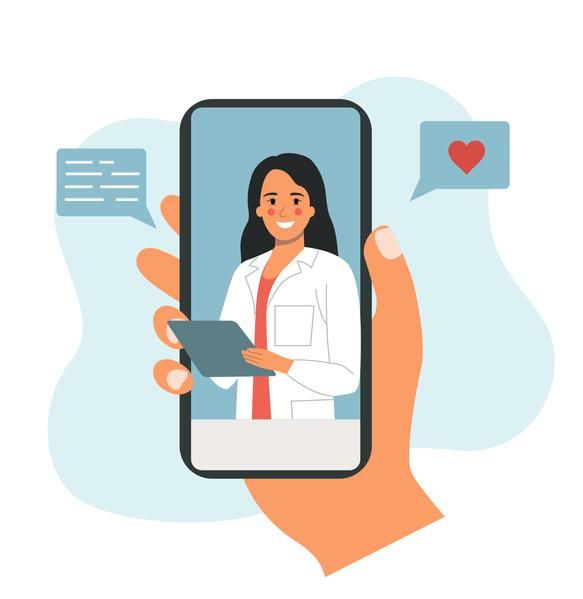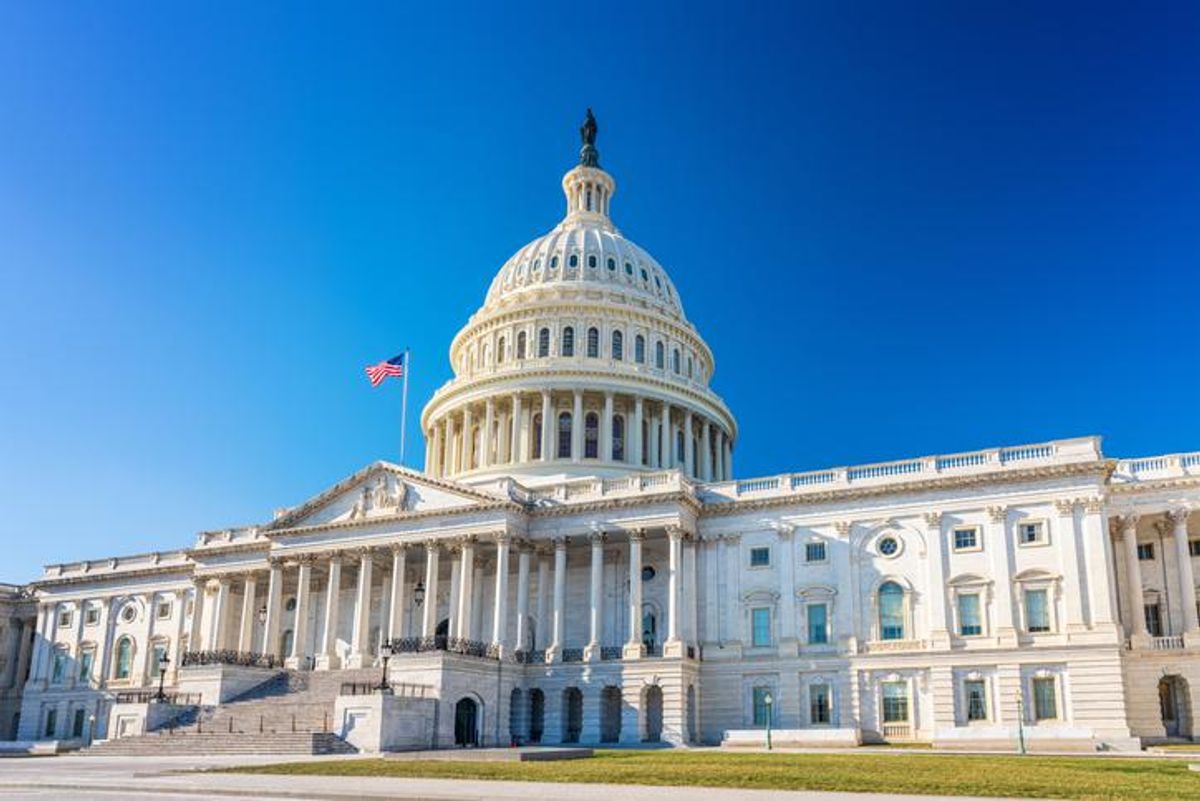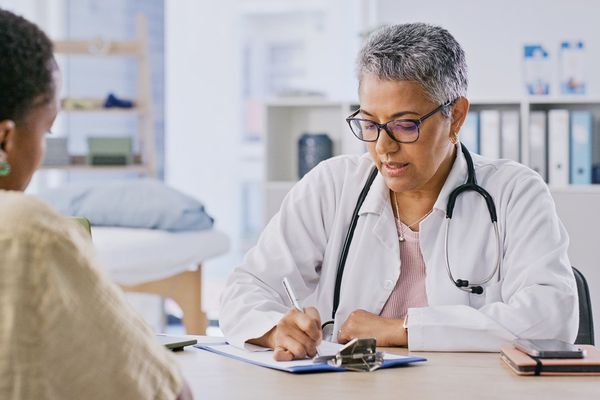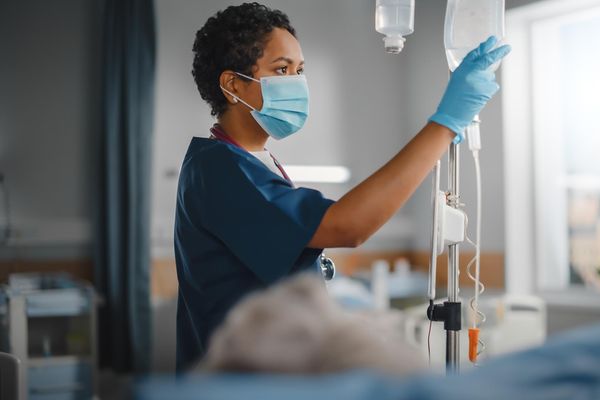The United States Congress has the power to give women resources, tools and treatments to improve their own health and the health of their families. According to HealthyWomen’s CEO Beth Battaglino, RN-C, bipartisan legislation moving through Congress — the Cures 2.0 Act — would do just that.
To examine key provisions and implications of the legislation, HealthyWomen hosted a webinar, “CURES 2.0: Leading Women’s Health Forward,” on May 11, 2022. Moderated by Arika Pierce, J.D., founder and CEO of Piercing Strategies, a leadership coaching firm, the webinar featured a range of healthcare experts.
CURES 2.0 is a continuation of bipartisan legislation passed in 2016, the 21st Century Cures Act, several components of which need to be reauthorized by the end of 2022. CURES 2.0 would build on the programs, policies and investments included in the first package and would advance medical research, improve access to new treatments, support caregivers and remove barriers to telehealth.
Battaglino noted that women need all of the components in the CURES 2.0 legislation to lead long and healthy lives. “CURES 2.0 would go a long way to ensuring that these essential services are available to all American women. After more than two years of the Covid pandemic, this legislation has never been more urgent,” she said.
The impact on caregivers
Fawn Cothran, Ph.D., RN, GCNS-BC, FGSA, Hunt research director at the National Alliance for Caregiving, shared key facts about U.S. caregivers. There are 53 million unpaid caregivers, the majority of which are women who often care for more than one person in multiple generations. Unpaid caregivers spend an average of 24 hours per week on caregiving responsibilities, the equivalent of a part-time job, and nearly 60% also work in paying jobs as well.
Despite caregiving benefits, such as a sense of purpose and satisfaction, many caregivers also experience stress, physical and mental health declines, financial challenges, invisibility, and isolation — which only worsened during the pandemic.
“Caregivers and all they do are often not seen or recognized as the valuable team members and experts that they are,” Cothran said.
According to Cothran, CURES 2.0 could benefit caregivers in three specific ways. First, it would enhance federal infrastructure for family caregivers through social support. Second, it would provide training and skill-building for caregivers to perform specialized clinical tasks between healthcare visits. Finally, it would contribute to better data collection for clinical research and measurement from diverse communities of family caregivers.
Clinical improvements
The 21st Century Cures Act has improved the development of cancer treatments, according to Jeannine Brant, Ph.D., APRN-CNS, AOCN, FAAN, executive director of clinical science and innovation at the City of Hope Cancer Center and president of the Oncology Nursing Society.
Brant focused on three ways CURES 2.0 could continue modernizing treatments and improve patient care.
First, Brant discussed the importance of patient voice in clinical care. Only about 20% of organizations routinely collect patient-reported outcomes (PROs), which shed light on patients’ actual experiences. According to Brant, patients tend to underreport — and providers tend to underestimate — symptoms. CURES 2.0 would encourage research designs that include patient experience data.
CURES 2.0 would also expand access to genetic testing that improves cancer risk assessments, prevention, diagnosis and access to clinical trials. And, it would reduce racial, financial and cultural barriers to clinical trial participation, increasing diversity of study populations and benefiting groups that have historically been excluded from clinical research.
Another key feature of CURES 2.0 is expanding access to telehealth by permanently easing some of the restrictions in place before the pandemic. During the pandemic, telehealth provided continuity of care, allowing providers to protect and engage or maintain communication with vulnerable patients while facilitating continued participation in clinical trials.

Building on Brant’s assessment of telehealth’s clinical value, Nisha Quasba, an advisor in the federal advocacy consulting practice of Faegre Drinker, a law and advocacy firm, delved into the policy details.
Before the pandemic, Medicare — which often sets coverage standards for other insurers — required patients using telehealth to be in specific geographies (e.g., rural areas) and at certain healthcare facilities. Only certain healthcare providers and certain services were covered.
During the pandemic, restrictions were lifted so patients could use telehealth from anywhere, more providers could offer it and more services were covered.
Though some of these changes were extended through the omnibus package passed in 2021, other telehealth restrictions will return with the expiration of the public health emergency, which was first declared in 2020 and has been extended several times.
CURES 2.0 includes the Telehealth Modernization Act, which would preserve telehealth flexibility in Medicare and prevent what Quasba called a “telehealth cliff,” the sudden reversion to more restrictive policies that would essentially cut off access to telehealth for millions of Americans. The TIKES Act, another part of CURES 2.0, would similarly support telehealth access for low-income children on Medicaid.
Quasba offered three takeaways from the success of telehealth, calling for the preservation of those gains. First, providers and patients have learned to use telehealth and many prefer it. Second, telehealth was effective in protecting patients and providers and reducing the spread of Covid-19. Finally, technology can be used for effective remote monitoring and clinical support.
Looking ahead
The final speaker, Ashira Vantrees, J.D., staff attorney at Aimed Alliance, a nonprofit health policy organization committed to helping protect healthcare consumers and providers, applauded CURES 2.0 for its potential to improve caregiver support, increase diversity in clinical trials and preserve access to telehealth, but her remarks also addressed actions she'd like to see Congress take after tackling CURES 2.0.
“Improving healthcare in this country is not a one-issue fix,” Ventrees said. “Congress needs to continue to look at healthcare through multiple angles.”
Vantrees suggested two priorities for Congress moving forward: 1) access to and coverage for biomarker testing and 2) coverage for precision digital therapeutics.
Biomarker tests can shed light on an individual’s cancer and the best treatment options for them but insurers often don’t cover it. Congress could mandate that private health plans and public programs cover biomarker testing without undue administrative barriers.
Precision digital therapeutics are digital health tools that have been evaluated and cleared by the FDA and are issued by prescription from a licensed clinician. They exist for conditions such as ADHD, insomnia and opioid use disorder. Congress could pass laws to ensure access to prescriptions for these tools.
These changes are in line with what Congress is already doing in recognizing the role that technology plays in healthcare, said Vantrees. Taking them up is simply the logical next step for Congress.
HealthyWomen’s webinar highlighted just what’s at stake for caregivers, for medical advancements and for access to telehealth. The expert panelists agreed that building on prior bipartisan legislation, the CURES 2.0 Act could improve the health and well-being of women across the United States — but only if Congress acts.







